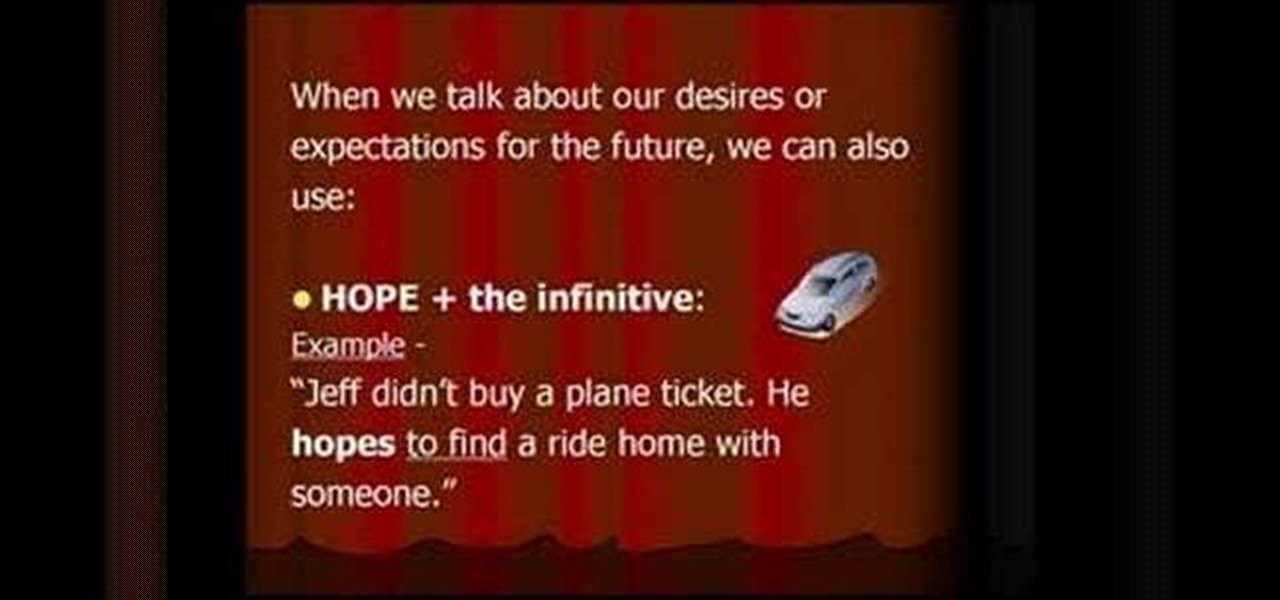
How To: Use the words "hope" and "wish" in English
In this episode, Jennifer goes how to use the words "hope" and "wish" in the English language. This is great for all levels of students learning English as a second language (ESL).


In this episode, Jennifer goes how to use the words "hope" and "wish" in the English language. This is great for all levels of students learning English as a second language (ESL).
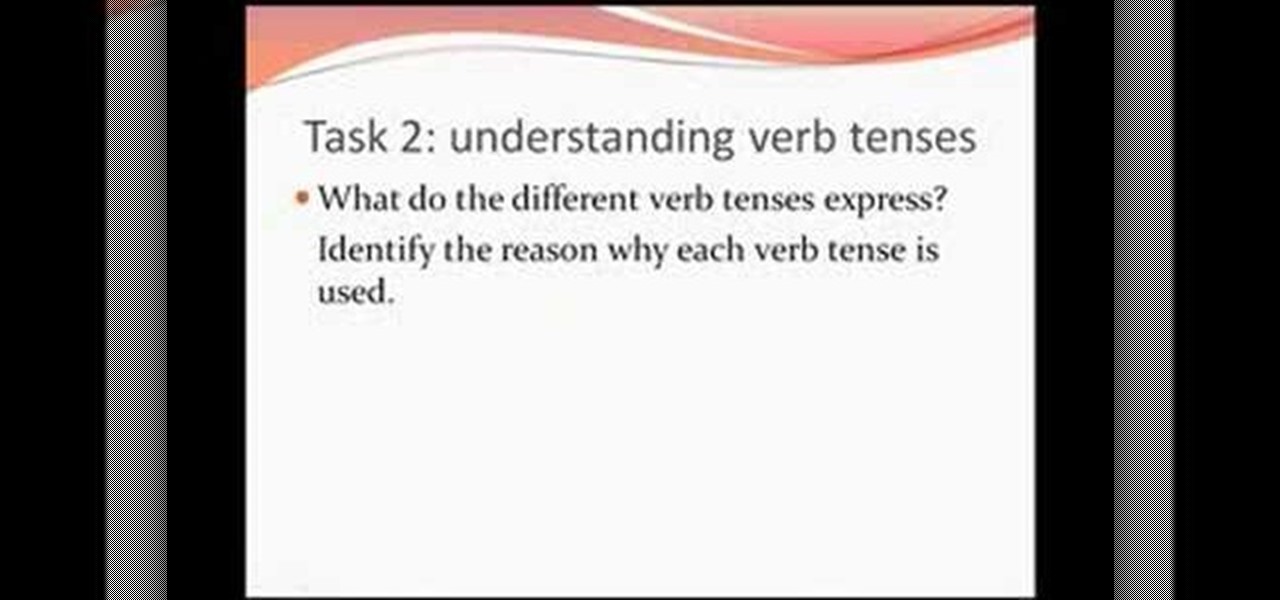
Check out this instructional English language video that demonstrates how to improve your English vocabulary skills, your listening skills, and your grammar skills. This is a lesson for the advanced English language learner. The theme is the 2008 Olympic Games that focus on VOCABULARY, LISTENING, and GRAMMAR skills. This is PART THREE, in which we examine and practice several (but not all) verb tenses. Be sure to watch the first two videos. Improve your English vocabulary with this instructio...
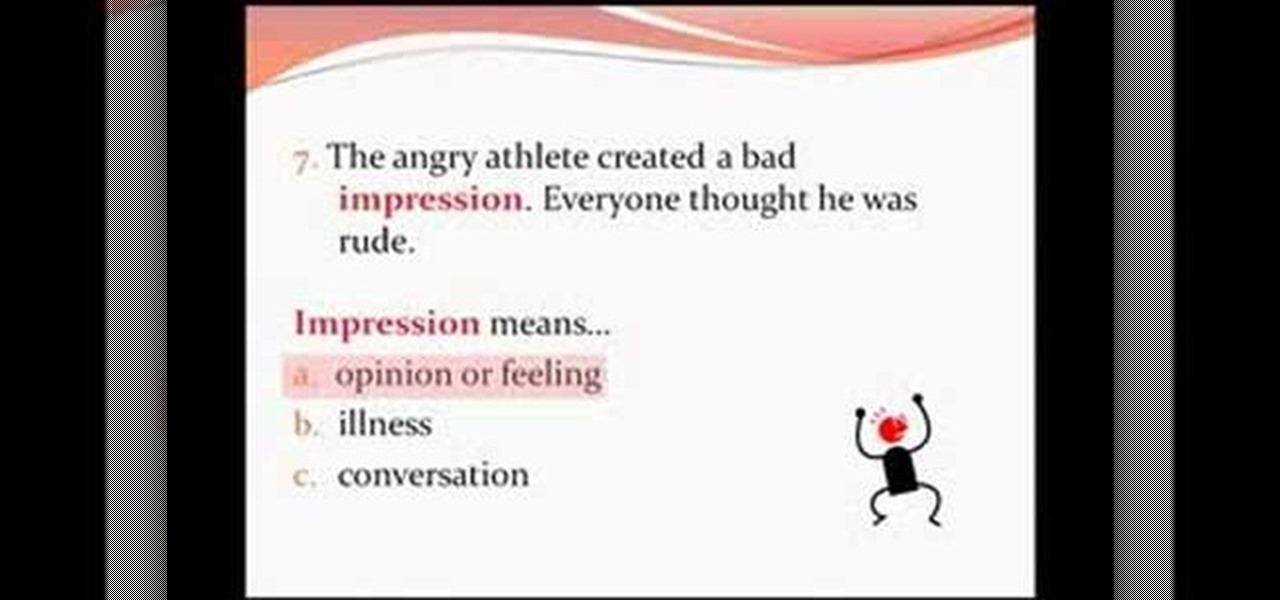
Check out this instructional English language video that demonstrates how to improve your English vocabulary skills, your listening skills, and your grammar skills. This is a lesson for the advanced English language learner. The theme is the 2008 Olympic Games that focus on VOCABULARY, LISTENING, and GRAMMAR skills. This is PART ONE, so you will study vocabulary. Be sure to watch the second half. Improve your English vocabulary with this instructional video!
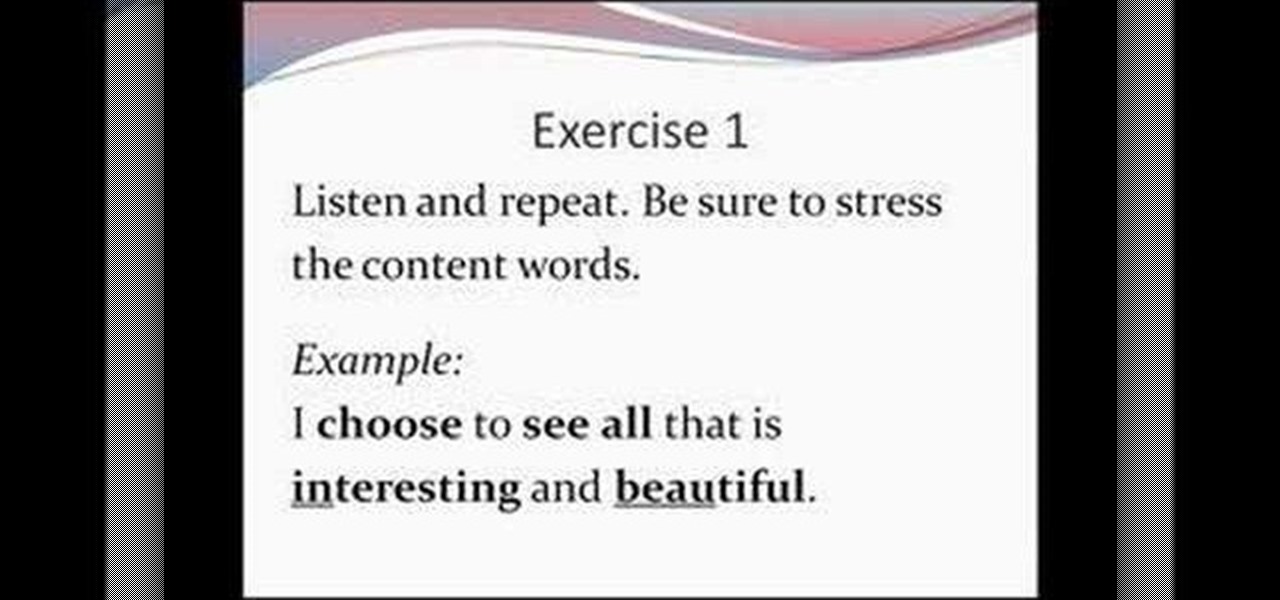
Learn what English words to emphasize in phrases and sentences. Develop your awareness of rhythm in English speech. Learn to stress words correctly and naturally.
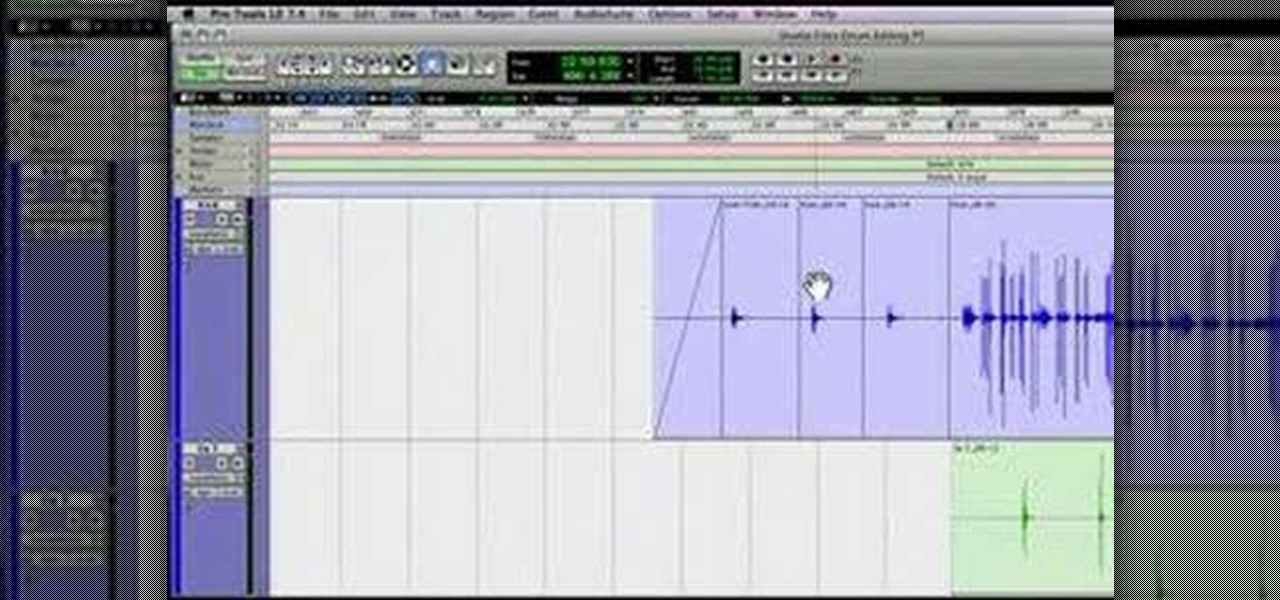
This audio editing software tutorial will show you how to use all the different editing tools in Pro Tools. This includes the zoom, edge, selector, grabber, scrubber, and pencil tools. (Connor Smith also talks about the multiple types of zoom tools, the time compression/expansion and loop tools, and also the object and separation grabber tools). So if you aren't familiar with the editing tools available in Pro Tools, watch this tutorial and get started editing music!
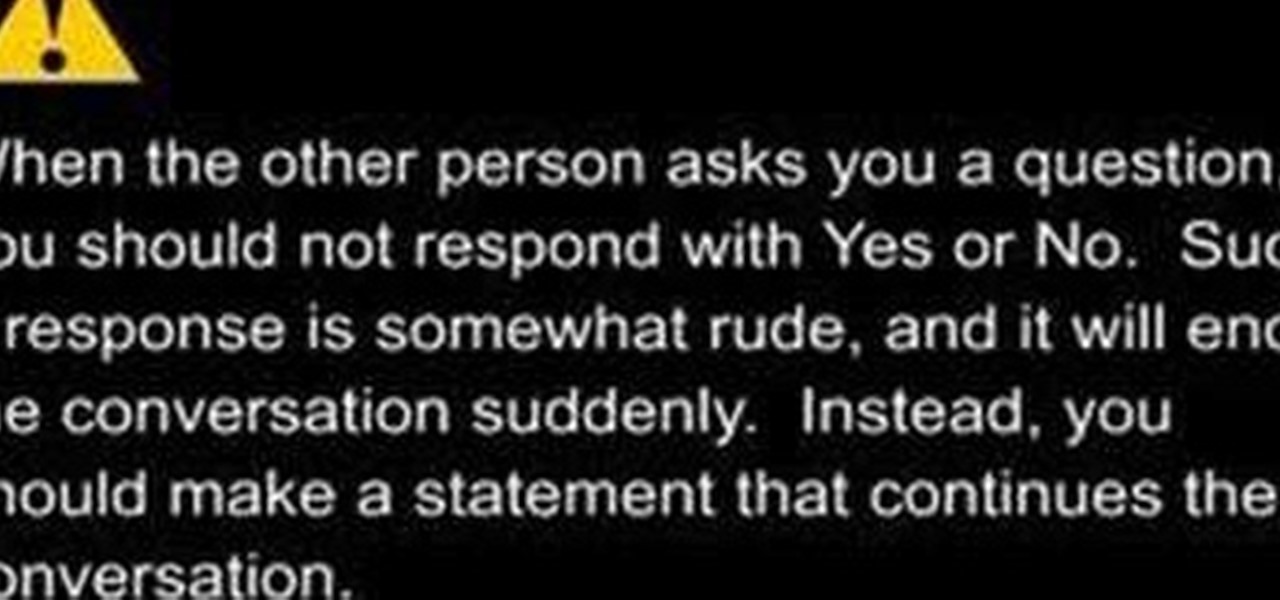
Check out this instructional video to learn how to ask and answer simple questions in a social conversation. "Social English" is a series of four short videos that deal with common face-to-face English situations at Fujikin. This is the third video in the series and will show you how to ask and answer questions naturally in an English conversation.

Check out this instructional language video to learn how to transfer an English business call. "Telephone Talk" is a series of four short videos that deal with common English telephone situations at Fujikin. This is the first video in the series, and will show you how to transfer a call from an English speaker to someone in your office.

In this three part episode, Jennifer goes over the use of prepositions in location and direction in the English language. The list of prepositions is long, so this is meant to be a review and not an introduction. This is great for high beginner and intermediate students learning English as a second language (ESL).

An English teacher shows some of the differences between the present tense and the present continuous tense in making statements, negatives, and questions. For ESL students. If you are learning to speak English, watch this video on present tense vs. present continuous tense.
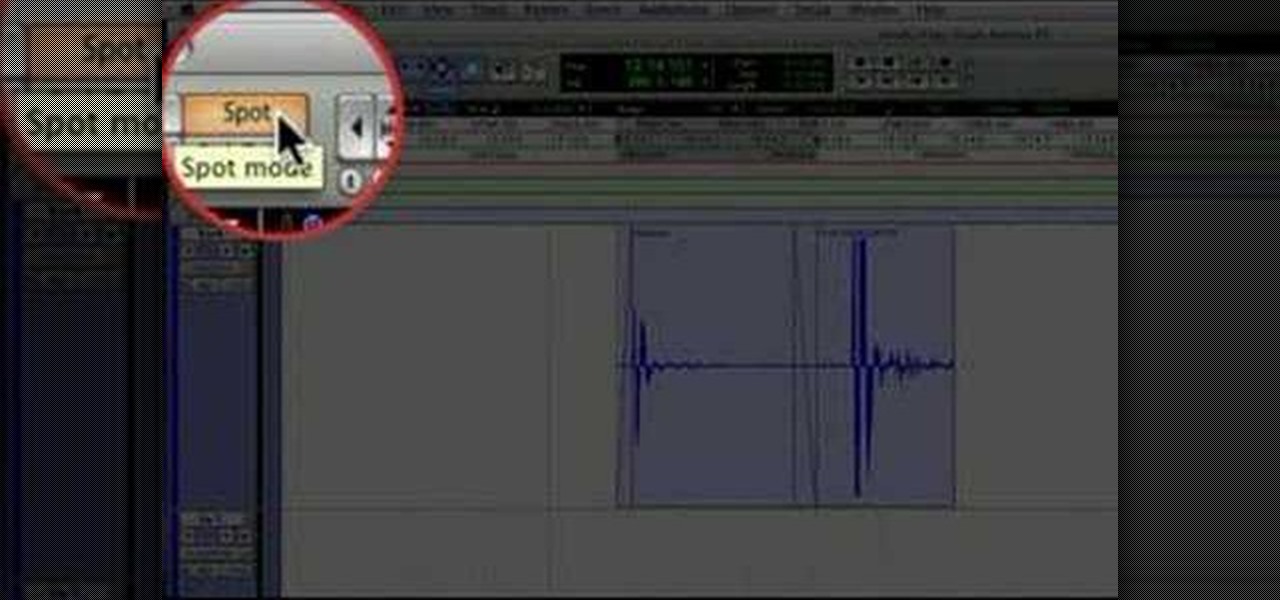
This audio editing software tutorial will show you how to use the smart tool in Pro Tools. Besides showing you the smart tool, Connor Smith will cover the different edit modes (shuffle, spot, slip, grid, and relative grid) available in Pro Tools.
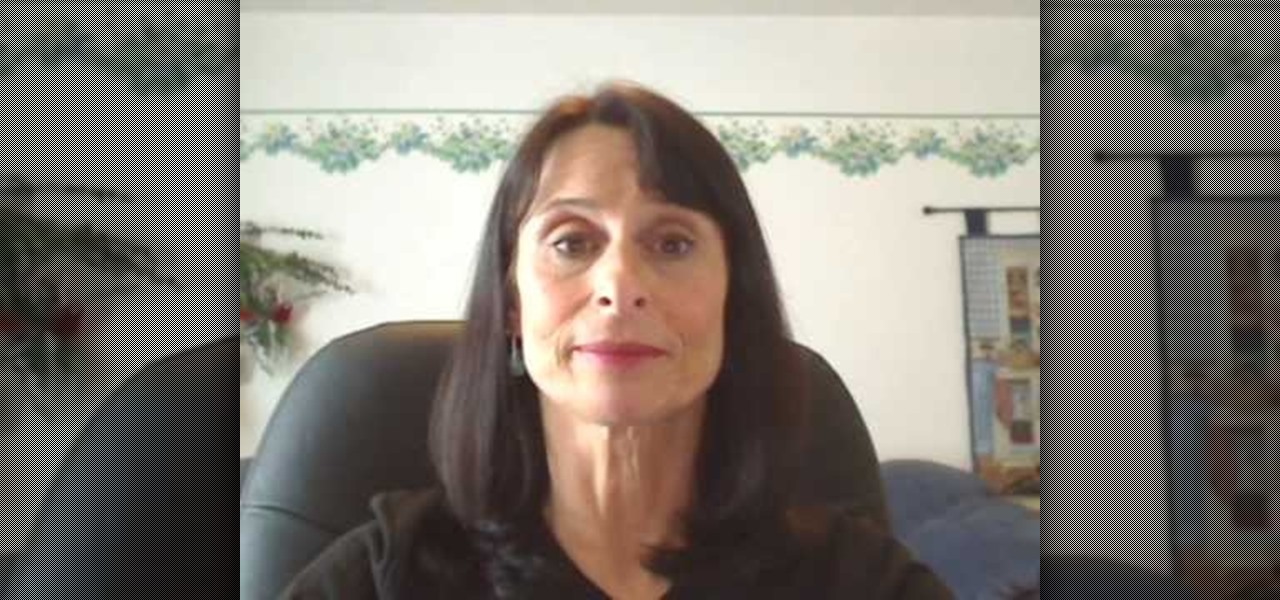
Filler words like "um" and "you know" can make speech choppy and disconnected if used too much. Learn how to improve your English pronunciation and reduce your accent using these simple speaking techniques. You'll be glad you did! This video is best for people learning to reduce their accent or students learning English as a second language (ESL).

In this episode you will practice pronouncing words with the "h" sound in the English language. This video is great for advanced, intermediate, and beginner learning to speak the English as a second language (ESL).

In this episode learn to use compound adjectives in the English language. This video is great for advanced, intermediate, and beginner learning to speak the English as a second language (ESL).

In this episode learn how to describe high tech gadgets in the English language. In this case the order of adjectives are discussed. This video is great for advanced, intermediate, and beginner learning to speak the English as a second language (ESL).

In this episode learn how to ask and answer questions about your preferences using the words like, love, and hate in the English language. This video is great for advanced, intermediate, and beginner learning to speak the English as a second language (ESL).

In this episode shows you how to use the modal words such as should, might, and would; as well as learn words used in market reports and sales figures in the English language. This video is great for advanced, intermediate, and beginner learning to speak the English as a second language (ESL).

In this episode look at the difference between quite and rather and answer questions that start with "Do you mind if..." in the English language. This video is great for advanced, intermediate, and beginner learning to speak the English as a second language (ESL).

In this episode learn to ask negative questions with "don't" followed by a verb and "to be" in the English language. This video is great for advanced, intermediate, and beginner learning to speak the English as a second language (ESL).

In this episode learn useful idioms in the English language. This video is great for advanced, intermediate, and beginner learning to speak the English as a second language (ESL).

In this episode there will be useful words you need when you check into a hotel and review of the passive voice in the English language. This video is great for advanced, intermediate, and beginner learning to speak the English as a second language (ESL).

In this episode you will learn how to use the present perfect when discussing your experiences in the English language. This video is great for advanced, intermediate, and beginner learning to speak the English as a second language (ESL).

In this episode we will go over using the words may, might, and maybe in conversation using the English language. This video is great for advanced, intermediate, and beginner learning to speak the English as a second language (ESL).

In this episode learn and ask and talk about vacation plans by using phrases such as "be going to", "to get ready", and "I can't wait" in English. This video is great for advanced, intermediate, and beginner learning to speak the English as a second language (ESL).
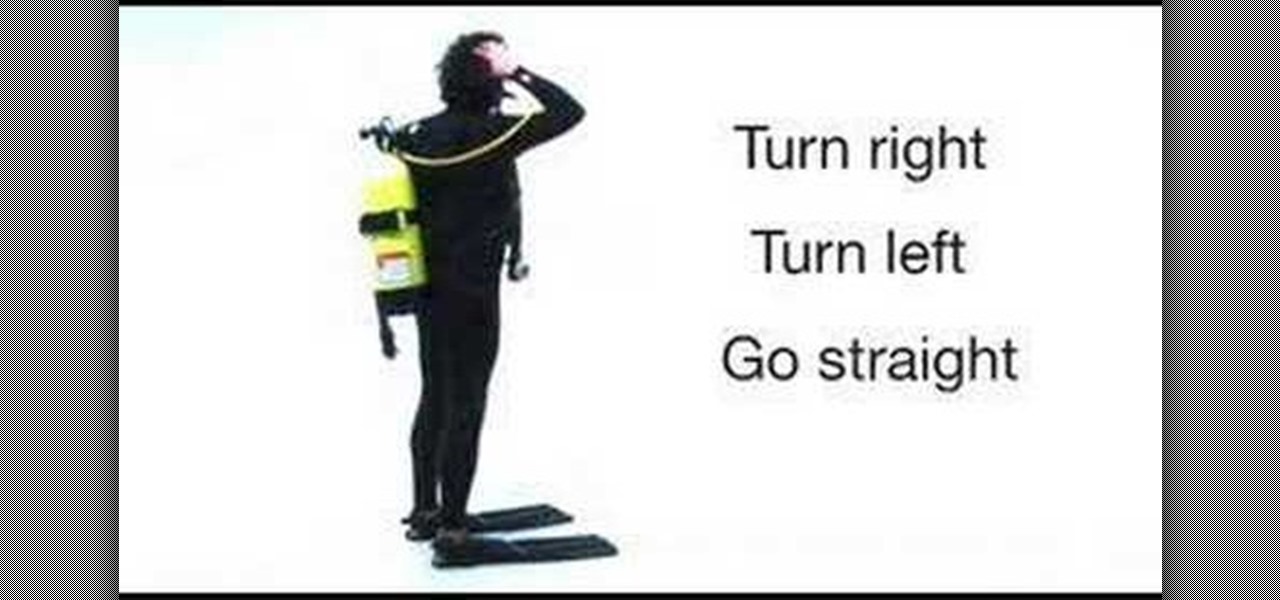
This episode shows you how to ask and give directions in the English language. This video is great for advanced, intermediate, and beginner learning to speak the English as a second language (ESL).

This episode shows you how to use fashion phrases in the English language. This video is great for advanced, intermediate, and beginner learning to speak the English as a second language (ESL).

In this episode learn to use the word "so" and "such" in the English language in girl talk. This video is great for advanced, intermediate, and beginner learning to speak the English as a second language (ESL).

This episode shows you how to make comparisons using superlatives in the English language.

In this episode learn how to talk about the past using the past continuous in the English language.This video is great for advanced, intermediate, and beginner learning to speak the English as a second language (ESL).

In this episode learn how to talk about your pet in English. This video is great for advanced, intermediate, and beginner learning to speak the English as a second language (ESL).

In this episode you will learn how to talk about the weather in English. This video is great for advanced, intermediate, and beginner learning to speak the English as a second language (ESL).

This episode goes over how one can ask and respond in the past tense when speaking in English. This video is great for advanced, intermediate, and beginner learning to speak the English as a second language (ESL).

Learn how to express fear when speaking English and use adjectives with prepositions.

Use articles "a" and "the" when speaking the English language. This video is great for advanced, intermediate, and beginner learning to speak the English as a second language (ESL).

Learn to speak English by understanding how adverbs work in different scenarios. Perfect for beginners, intermediate and advanced students, these video lessons are as good as having an English teacher in your pocket!
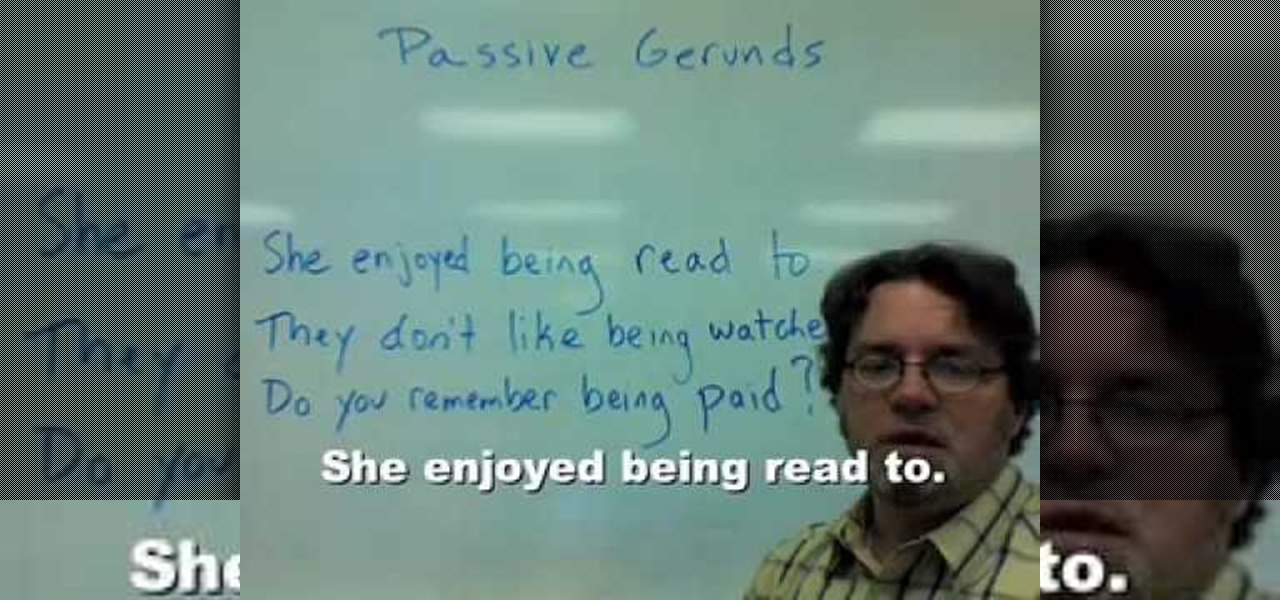
In this clip, an English teacher shows how to use gerunds in the passive voice. It's easier than you might think! It's so easy, in fact, that this free video English lesson can present a complete, detailed overview of passive voice gerunds in just over three minutes. For more information, and to get started improving your own English, take a look.
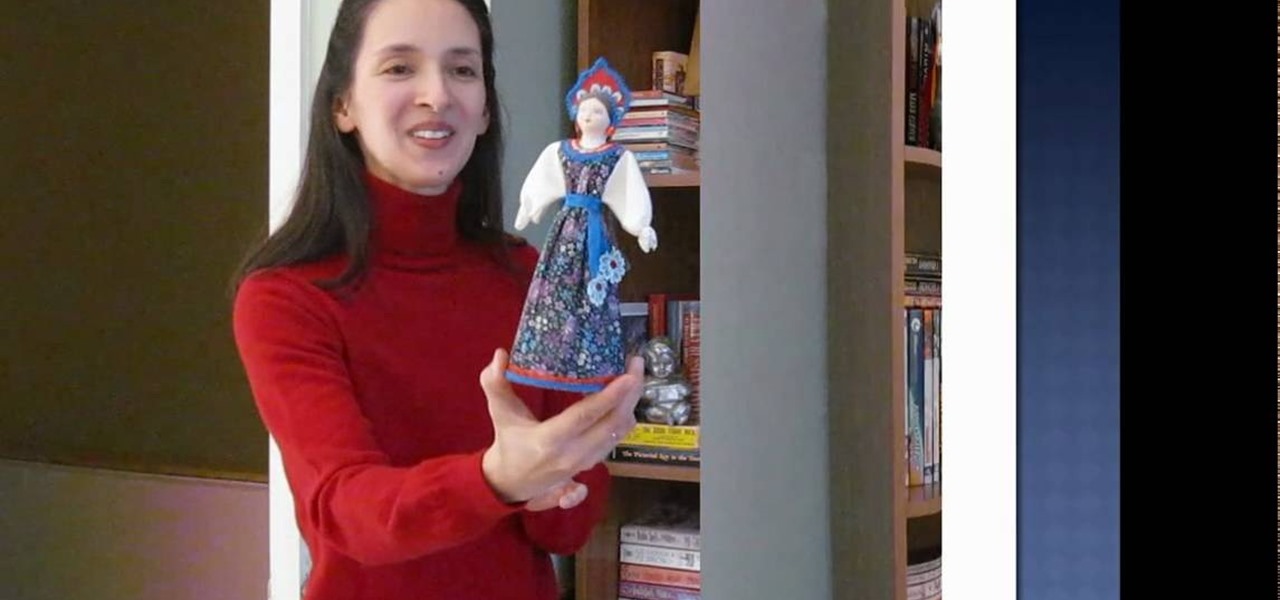
An two part introduction or overview of English articles: a, an, the, and the zero article. This is for the advanced or intermediate student. Part one presents basic rules or guidelines for using English articles. Part two summarizes the basic rules for using English articles and offers practice.

Check out this instructional English language video that explores several definitions of British English slang words and phrases. This video vibrantly translates a wide variety of British words for other English speakers in the world. Brush up your knowledge of these obscure British English slang with this instructional language video.

Check out this English language tutorial video that explains some differences in American and British slang. This video was made in order to outline the differences between British-English and American-English. Practice and use these words appropriately and improve your understanding of the English language.

Learn how to pronounce regular verbs in English with this ESL tutorial. In English, the "ed" ending might be a "d" or a "t," depending on what comes before it. Watch this how to video and you'll be speaking English in no time.

In this ESL how to video, an American English teacher explains the how the present perfect tense works in the passive voice. In the English passive voice, S + has or have + been + past participle. Watch this how to video and you'll be speaking English in no time.